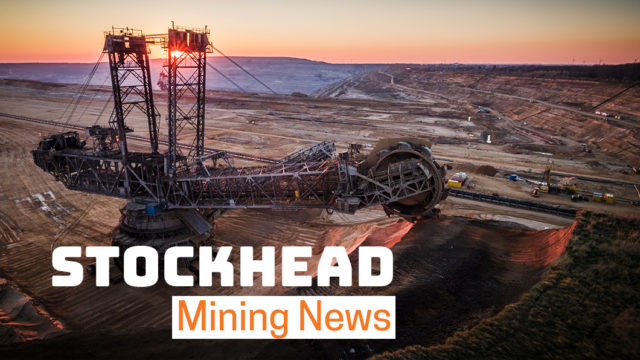Last month’s call by Bank of America (BofA) analysts that gold could storm higher over the next 18 months to $US3,000 ($4,678) an ounce is not looking so far-fetched after all, much to the delight of the gold bugs.
The safe haven asset charged up to $US1,756 an ounce last week as the world began to fret about increased US-China (and Australian) trade tensions which have come on top of the fiscal and monetary stimulus unleashed to prop up economies during the COVID-19 crisis.
BofA made its $US3,000 call back on April 21 when gold was $US1,678.
So while there is still a long way to go to get to $US3,000 – it compares with the all-time high of $US1,921 set in September 2011 – BofA analysts have at least got the short-term trend right.
Their April report titled “The Fed can’t print gold” argued that “as economic output contracts sharply, fiscal outlays surge, and central bank balance sheets double, fiat currencies could come under pressure”.
“Investors will aim for gold.”
The Australian dollar gold price is already in record territory due to the rise in the US gold price and the fall in the exchange rate from last (calendar) year’s average of 69c to 64c.
The current local price of $2,715 is wonderful stuff for Aussie producers – it compares with last year’s annual average of $2,018. They are enjoying margins of more than $1,200 an ounce.
There is also a rub-off effect on the developers, with the fat margins implied by the gold price making it easier to raise development funds as well as fuelling stepped up merger and acquisition activity.
The higher gold price also means active explorers are able to replenish their coffers on the back of promising exploration results.
So it is the best of times for the gold miners as it is, with record share prices either already reached, or close at hand.
But what if gold were to get to $US3,000 inside of 18 months? Putting aside the broader global economic mess and misery such a price would imply, the gold stocks would simply go ballistic.
Canaccord recently allowed itself a bit of whimsy on the subject of what Aussie gold stocks would like at $US3,000 gold, emphasising it was not a piece of research, i.e. there is nothing to say gold will in fact get to $US3,000.
Using a much higher exchange rate of 85c as a mid-point, the key findings were that valuations for Evolution Mining (ASX:EVN) and Northern Star Resources (ASX:NST) double, while rising four times for Perseus Mining (ASX:PRU), Resolute Mining (ASX:RSG) and Red 5 (ASX:RED).
The impact on developers like Bellevue Gold (ASX:BGL), Breaker Resources (ASX:BRB), Kingston Resources (ASX:KSN) and Matador Mining (ASX:MZZ) is even more telling. Their current share prices, with the valuation at $US3,000 and an 85c exchange rate in brackets, is as follows:
Bellevue 59.5c ($1.80), Breaker 23.5c (91c), Kingston 16c ($1.14) and Matador 24c ($1.84).
As it is, Canaccord’s real-world price target on Bellevue is $1.30 as the company prepares to release a maiden indicated resource for its project of the same name, a precursor to a development of the high-grade deposit neat Leinster in WA.
Breaker is busy chasing the “camp-scale’’ potential of its Lake Roe project near Kalgoorlie where it has already outlined a 1-million-ounce open-cut resource at the Bombara deposit.
Kingston is working towards a revival of the Misima mine in PNG, once one of the region’s most profitable mines in a $US350-an-ounce gold environment.
Matador owns the Cape Ray project in Newfoundland. A recent scoping study pointed to a development producing 88,000 ounces annually in the first four years at an all-up cost of less than $US800 an ounce.
You might be interested in












